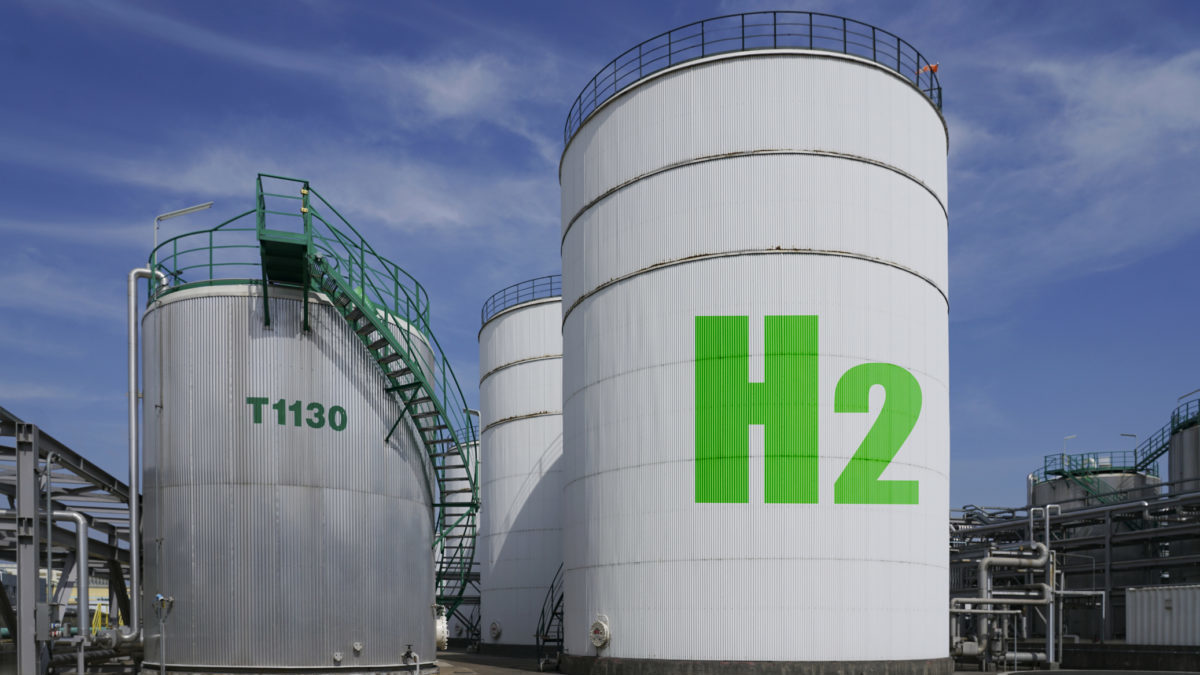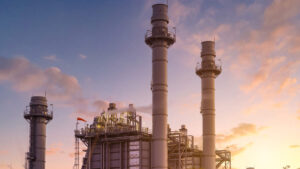GOT GAS: Gas roadblocks as funding livens up for hydrogen

Funding is picking up for hydrogen. Pic: Yaorusheng/Moment via Getty Images
While Chevron shakes off the impact of strikes at its LNG facilities and Woodside fends off irate gas customers in Western Australia, the other gas with its beady eyes on the energy export crown – hydrogen – has seen some progress in recent weeks.
First up of course is Chevron reaching a deal last week with the Offshore Alliance that ended strikes on its platforms off WA’s coast.
The strikes had threatened close to 7% of the world’s LNG supplies and had sent prices climbing, so the news is likely to provide some relief to gas customers.
However, the question does remain about why Chevron waited until the strikes actually began before Australia’s Fair Work Commission had to step in when Woodside chose to agree with the Offshore Alliance’s push for industry standard enterprise agreements.
Was it out of a belief that the strikes would peter out or in hopes that the government would step in to remove a threat to export revenues?
Woodside in the firing line
Meanwhile, major domestic gas customers in WA have accused Woodside of not meeting its obligations under the state’s domestic gas reservation policy, which requires that 15% of gas reserves be set aside for local use.
Conglomerate Wesfarmers said the policy no longer seemed to be working, claiming that some producers might be deliberately delaying the development of new fields to secure better returns – singling out Australia’s leading LNG exporter as having met just a fraction of its obligations from the Pluto project near Karratha.
Meanwhile, miner South32 said some producers were forcing “unreasonable” terms on buyers, leading to prices soaring from as little as $2 a gigajoule in 2020 to as much as $11/GJ this year.
Woodside said the concerns highlighted the need to bring projects such as Browse forward.
Of course, Woodside has also run into some roadblocks with its plans to carry out seismic surveys at its Scarborough field being blocked by the Federal Court, which ruled in favour of Mardudhunera woman Raelene Cooper who argued that traditional owners were not properly consulted about the development.
This is the second such win against fossil fuel companies in less than a year with Tiwi Islanders winning a victory last September that overturned drilling approval for Santos’ Barossa gas project off the Northern Territory.
It also does gas consumers exactly zero favours as it potentially closes off new sources of supply.
Hydrogen rising
Meanwhile, hydrogen has had a cracker of the week, starting with the federal government committing to providing the Port Bonython hydrogen hub near Whyalla, South Australia, with $70m in funding.
Over in New South Wales, the state government has agreed to provide Origin Energy with $45m in funding to help construct the Hunter Valley hydrogen hub on Koorangang Island, which is expected to produce 5,500t of green hydrogen per annum.
Development of the giant $36bn Australian Renewable Energy Hub has likely also received a boost after Singapore-based project partner InterContinental Energy receiving a total of US$115m in funding from Singapore’s sovereign wealth fund and Hy24, a joint venture between Europe’s largest private investment house Ardian and FiveT Hydrogen.
While InterContinental has four hydrogen projects in the works – three of which have combined generation capacity of 101 gigawatts, the 26GW AREH in the Pilbara is both the best known and most advanced.
All of these developments are certainly positive steps for Australia’s nascent hydrogen industry but they represent a fraction of the investment that’s needed to really push the sector to the point of being able to have a noticeable impact on emissions.
This will climb even higher if we seek to become the hydrogen superpower outlined by the Australian Energy Market Operator in its Integrated System Plan.
Could this spate of funding prove to be snowball that starts the avalanche? Perhaps. But it is certainly too early to tell at this stage and more such investments will certainly not be unwelcome to overcome the challenges.
Related Topics

UNLOCK INSIGHTS
Discover the untold stories of emerging ASX stocks.
Daily news and expert analysis, it's free to subscribe.
By proceeding, you confirm you understand that we handle personal information in accordance with our Privacy Policy.








